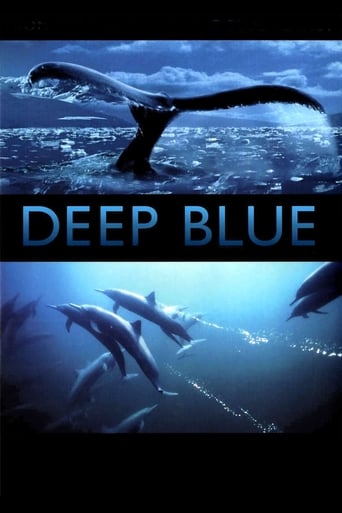
18 May 2003

Deep Blue
Deep Blue is a major documentary feature film shot by the BBC Natural History Unit. An epic cinematic rollercoaster ride for all ages, Deep Blue uses amazing footage to tell us the story of our oceans and the life they support.
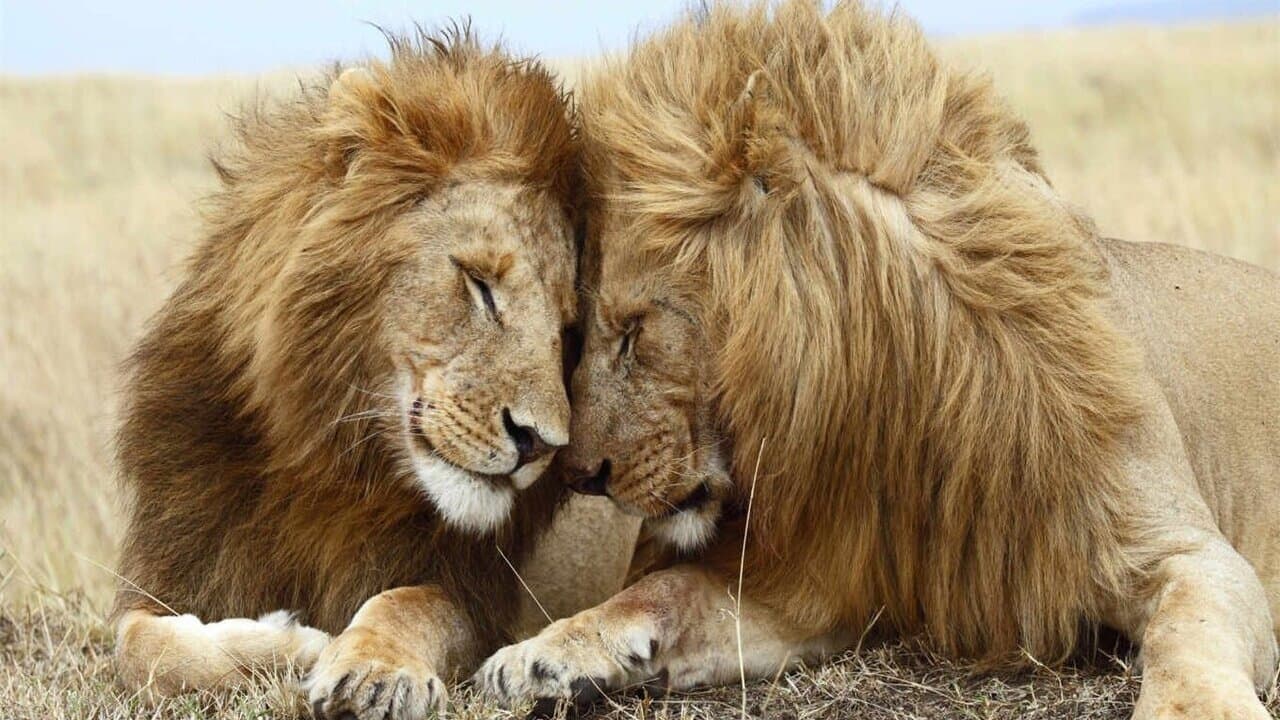
From homosexual penguins and sex-transitioning fish to pregnant male seahorses and sexually dominant female bonobos, thousands of species defy our expectations of gender and sexuality. Director Drew Denny takes the nature documentary to a whole new level in this eye-opening and entertaining expedition to the places David Attenborough overlooks, where giant duck penises and corkscrew vaginas take center stage. Debunking myths that females are “inferior” and being queer is somehow “unnatural,” Second Nature explores the 1500+ animal species that engage in same-sex sexual behavior and parenting, change sex, form matriarchies, and more.

Narrator (voice)
self
self
self
self
self
self

18 May 2003

Deep Blue is a major documentary feature film shot by the BBC Natural History Unit. An epic cinematic rollercoaster ride for all ages, Deep Blue uses amazing footage to tell us the story of our oceans and the life they support.
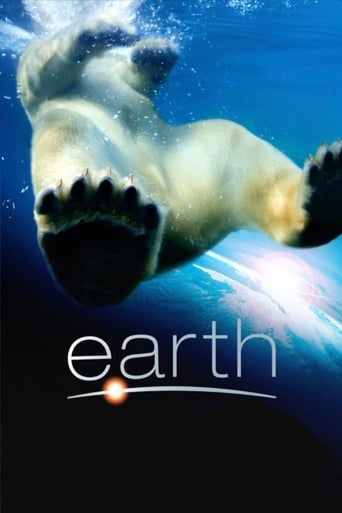
10 Oct 2007

An epic story of adventure, starring some of the most magnificent and courageous creatures alive, awaits you in EARTH. Disneynature brings you a remarkable story of three animal families on a journey across our planet – polar bears, elephants and humpback whales.

22 Apr 2019

OCEAN PARADISE unveils the secrets of the Pacific Ocean’s most remote islands and marine national monuments, immersing viewers in the pristine beauty of distant landscapes and reefs that defy the encroachment of civilization. This spellbinding adventure provides audiences with new insights and appreciation for the wonders of nature, and our efforts to preserve these almost-sacred places for future generations.
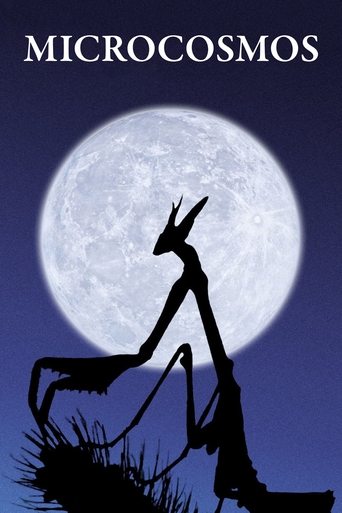
06 Sep 1996

A documentary of insect life in meadows and ponds, using incredible close-ups, slow motion, and time-lapse photography. It includes bees collecting nectar, ladybugs eating mites, snails mating, spiders wrapping their catch, a scarab beetle relentlessly pushing its ball of dung uphill, endless lines of caterpillars, an underwater spider creating an air bubble to live in, and a mosquito hatching.
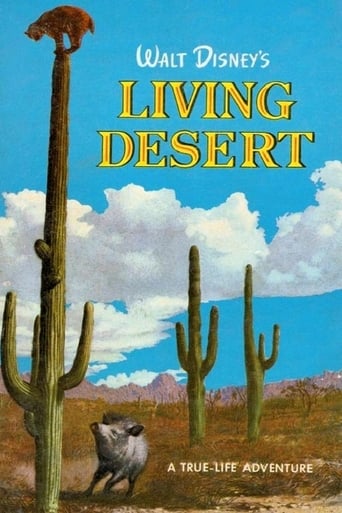
10 Nov 1953

Although first glance reveals little more than stones and sand, the desert is alive. Witness moving rocks, spitting mud pots, gorgeous flowers and the never-ending battle for survival between desert creatures of every shape, size and description.
10 Jun 1932
Mary Field edits the time-lapse photography of F. Percy Smith to show the life cycle of ferns and related plants.
10 Jun 1936
Mary Field and F Percy Smith create this whimsical look at the breeding habits and life cycle of frogs.
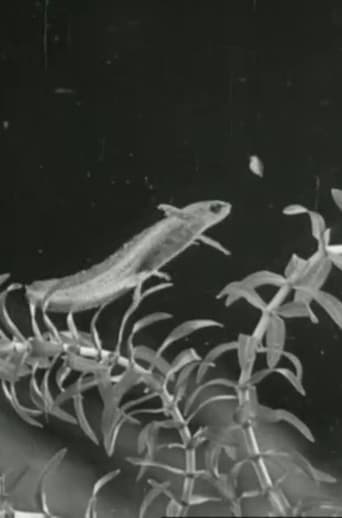
10 Jun 1942

Underwater and microscopic photography by F. Percy Smith tell the story of a newt's life.

27 Apr 1983

Takes us to locations all around the US and shows us the heavy toll that modern technology is having on humans and the earth. The visual tone poem contains neither dialogue nor a vocalized narration: its tone is set by the juxtaposition of images and the exceptional music by Philip Glass.

10 Nov 2023

A graceful and moving meditation on a disappearing way of life. Tender and unsentimental at the same time. Set in landscapes of remarkable size and beauty, the film portrays the world of the often invisible and marginalized pastoral cultures that exist all over the world. The film captures the beauty and harshness of this dying way of life, explores the deep and ancient partnerships between humans and animals, and tells of a type of food production and way of life that gives back more to nature and humanity than it takes away. The ancient practices of nomadic pastoralism contain a wisdom that deserves to be preserved and protected. It is time for a tribute. And a chance to rethink.

11 Jun 2016

Why do migratory birds take on the hardships of a long flight year after year? The documentary accompanies migratory birds with breathtaking aerial images of their journeys from a "bird's eye view" in the service of science. The camera helicopter crosses the dangerous Strait of Gibraltar together with storks and accompanies them in the air all the way to Tanzania and Kenya.

29 May 2016

Crazy cat lady or world-class musician? You decide. Dorian Rence smashes our notions of what matters and who counts in "Feral Love." Dorian was the seventh woman to join the New York Philharmonic. In her 40-year career she has performed with all the greats: Leonard Bernstein, Pierre Boulez, Zubin Mehta, Yo Yo Ma to name a few. And she cares for a feral cat colony in the tunnels of New York City.

03 Sep 2020

Hogwood: A Modern Horror Story takes you beyond the factory farm walls and follows an intrepid group of undercover investigators as they enter some of Britain's biggest factory farms for the very first time.
01 Jan 2004
No overview found
01 Jan 2013
No overview found
01 Nov 2019
No overview found
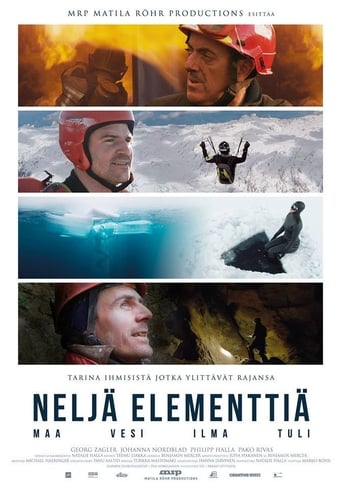
17 Mar 2017

A journey into four classical elements through the four main characters of the film. The main characters in the movie represent each of their own elements.
01 Jan 1943
No overview found

13 Mar 2011

The highest mountain range in the world, the Himalayan range is far reaching, spanning thousands of miles, and holds within it an exceptionally diverse ecology. Coniferous and subtropical forests, wetlands, and montane grasslands are as much a part of this world as the inhospitable, frozen mountaintops that tower above. The word Himalaya is Sanskrit for abode of snow, fitting for a stretch of land that houses the world’s largest non polar ice masses. Extensive glacial networks feed Asia's major rivers including the Ganges, Indus, and Brahmaputra. More than a billion people rely on these glacier-fed water sources for drinking water and agriculture. The Himalayas are not only a remarkable expanse of natural beauty. They're also crucial for our survival.

07 Nov 2019

Wolves divide and fascinate us. 150 years after they were driven to extinction in Central Europe, they are returning slowly but inexorably. Are they dangerous to humans? Is it possible to coexist? Using Switzerland as a point of departure, where wolves have returned in the very recent past, this documentary sheds light on the wolf situation in Austria, eastern Germany, Poland, Bulgaria, and even Minnesota, where freely roaming packs of wolves are more common sight.